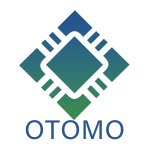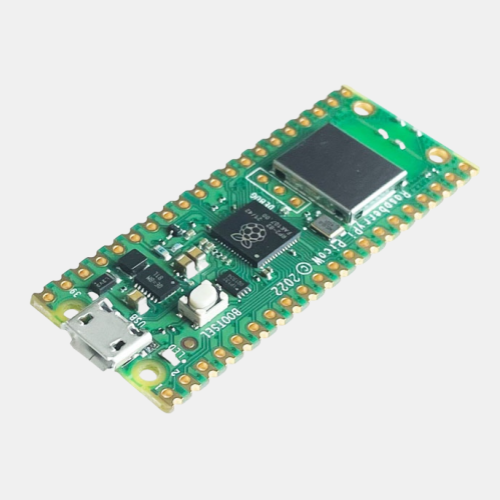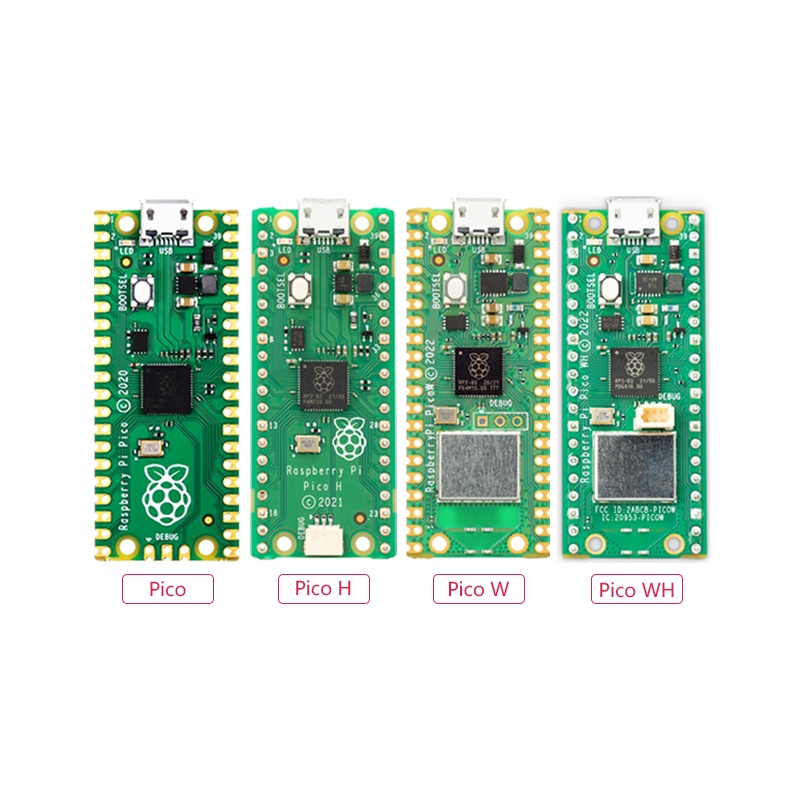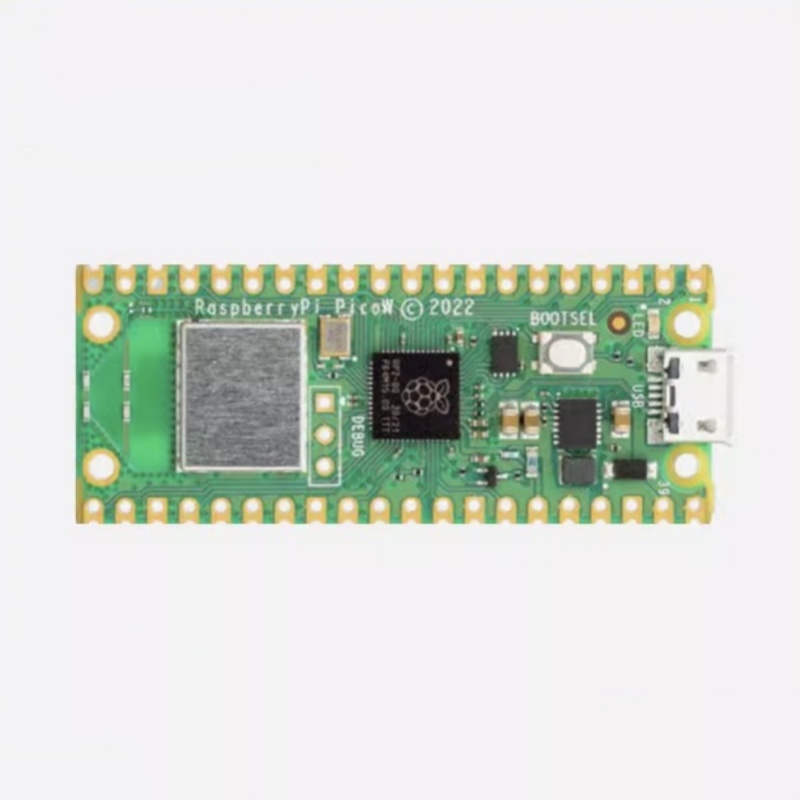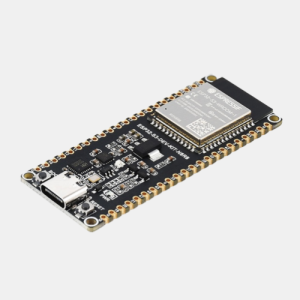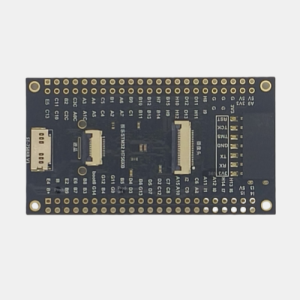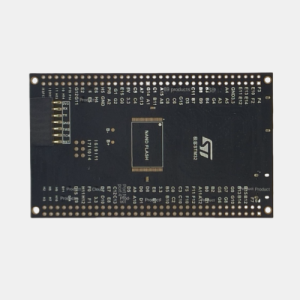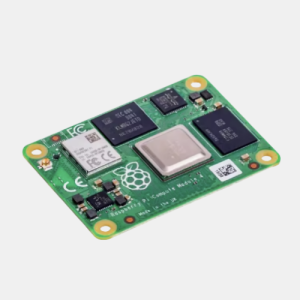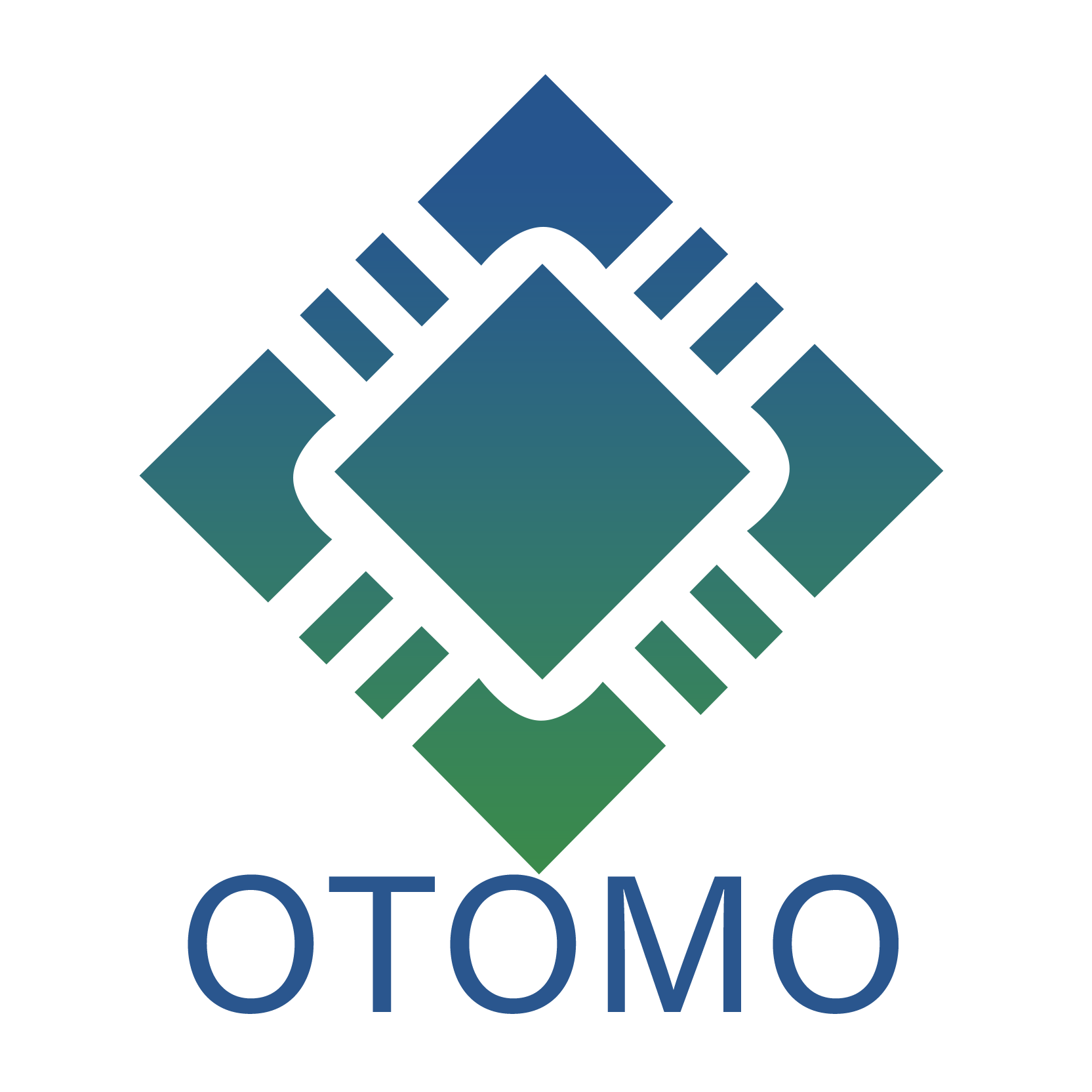- Home
- Raspberry Pi Pico W H WH
product
Raspberry Pi Pico W H WH
| Product Parameters | ||||
| Products | Pico | Pico H | Pico W | Pico WH |
| Control chip | RP2040(ARM Cortex MO ++ dual-core 133MHz processor264KSRAM) | |||
| Flash | 2MByte | |||
| wifi/Bluetooth | / | CYW 43439 wireless chip: support IEEE802.11b/g/nWireless LAN | ||
| USB port | Micro-USB | |||
| Power supply mode | USB-5V、VSYS-1.8V-5.5V | |||
| Supply voltage | 5V | |||
| Output power | 5V/3.3V | |||
| GPio level | 3.3V | |||
Product description
Raspberry Pi Pico W, H, and WH are microcontroller development boards built around Raspberry Pi’s RP2040 microcontroller. All feature a dual-core ARM Cortex-M0+ processor running at 133 MHz, 264KB of SRAM, and 2 MB of flash memory. Pico W adds wireless connectivity with Wi-Fi and Bluetooth, Pico H comes with pre-soldered connectors for easy wiring, and Pico WH combines both features for maximum versatility. With 26 GPIO pins and multiple SPI, I2C, UART, and ADC interfaces, these boards provide a compact, low-power, and cost-effective solution for IoT projects, embedded system development, education, and DIY electronics.
Product Features
1.RP2040 microcontroller with dual-core ARM Cortex M0+ processor at 133MHz for efficient performance and low power consumption.
2.264KB SRAM and 2MB flash memory for running applications and storing data.
3.26 GPIO pins and multiple SPI, I2C, UART, and ADC interfaces for connecting sensors and peripherals.
4. Wireless connectivity on Pico W and Pico WH with 2.4GHz Wi-Fi; Pico WH also supports Bluetooth.
5 . Pre-soldered connectors on Pico H for easy wiring; standard GPIO interfaces on Pico W and Pico WH allow flexible connections.
6. Supports multiple programming languages, including MicroPython, with rich APIs and libraries for rapid development.
Application Areas
IoT Applications: Building smart homes, smart agriculture systems, and smart city solutions using wireless connectivity and versatile interfaces.
Embedded Development: Rapid prototyping and development of embedded systems leveraging rich interface resources and programming support.
Electronic Teaching Experiments: Educational tool for learning electronic components, circuit design, and microcontroller programming.
DIY Projects: Ideal for makers to create robots, electronic musical instruments, and other creative electronics projects.
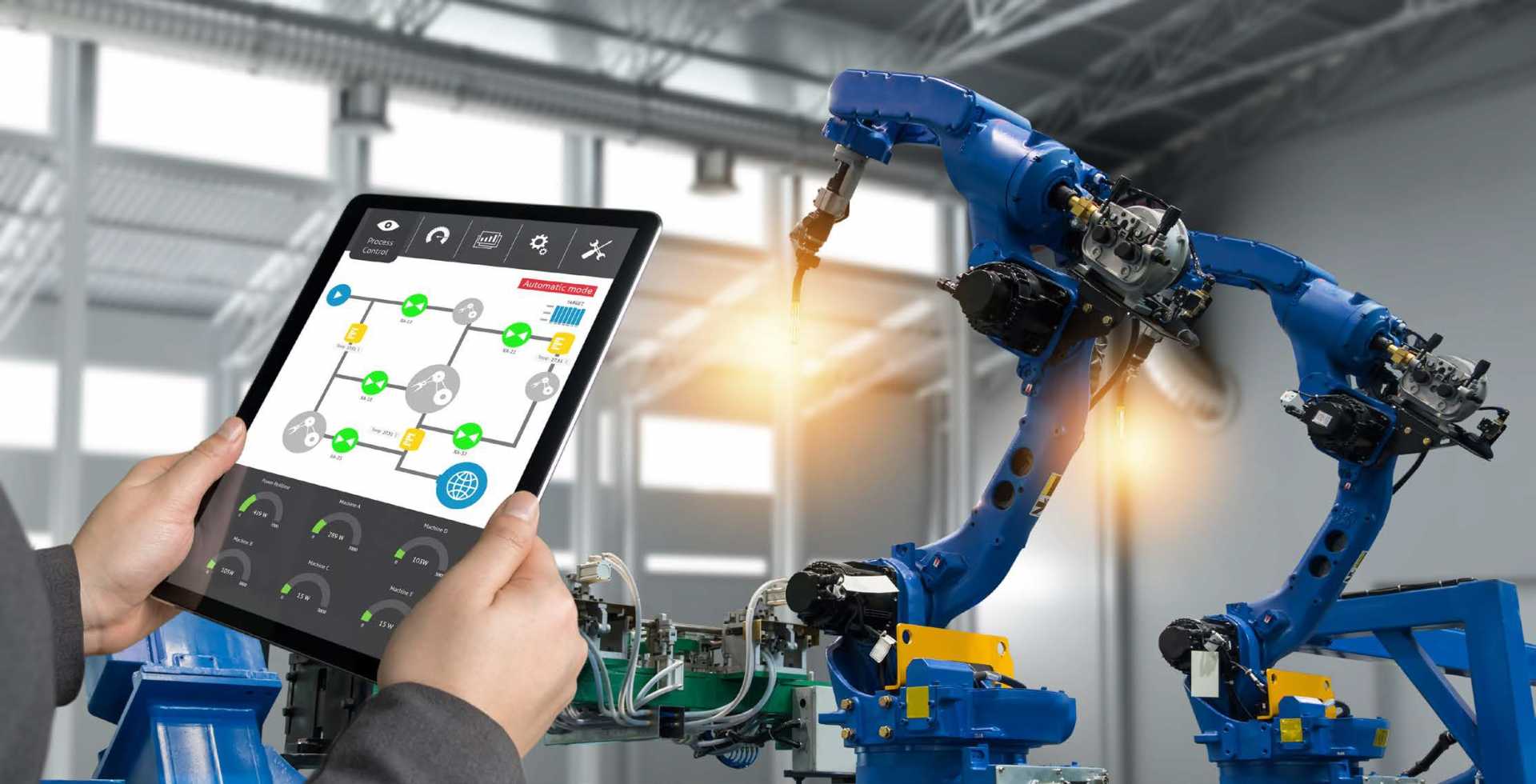
Product Details:









Related Products
Related products are complementary or similar items that enhance functionality, meet specific needs, or expand applications in a product range.
